Bachi Ring (UMC Jewelry) [Tax Refund Shop] (바치링(UMC쥬얼리))
4.8Km 2024-04-19
#414, 49, Insadong-gil, Jongno-gu, Seoul
-
Times Square Main Atrium (아트리움)
4.8Km 2019-03-18
15, Yeongjung-ro, Yeongdeungpo-gu, Seoul
+82-2-2638-2000
Over 1,485㎡, Atrium is a spacious spot to rest for customers in the middle of the huge Times Square mall. It extends through the building to a glass roof so that customers see the blue sky while shopping. This pleasant place also offers colorful events regularly as well as themed performances every month on its round stage, bringing exciting cultural and entertainment experiences to visitors. Performances are offered free of charge.
Courtyard by Marriott Seoul Times Square (코트야드 바이 메리어트 서울타임스퀘어)
4.8Km 2021-07-21
15, Yeongjung-ro, Yeongdeungpo-gu, Seoul
+82-2-2638-3000
‘Courtyard’ by Marriott Seoul Times Square (opened on September 21, 2009) is the first of its kind among Marriott brands to be introduced in Korea, following the opening of the JW Marriott, the Renaissance, and the Marriott Executive Apartments. Courtyard Marriott Hotel is an extensive hotel brand with over 800 branches in 28 different countries worldwide. Courtyard by Marriott Seoul Times Square provides excellent services and an upscale atmosphere at reasonable prices.
The 16-story building (4 basement floors and 12 aboveground floors) is made of glass, which emphasizing the chic and elegant beauty of the hotel’s exterior. Located within the Times Square shopping mall, a newly emerging hub of shopping, business and entertainment, the hotel boasts a well-developed infrastructure and convenient transportation options.
HANILKWAN - Yeongdeungpo Branch (한일관 영등포)
4.8Km 2021-03-30
15, Yeongjung-ro, Yeongdeungpo-gu, Seoul
+82-2-2638-2735
It is a place that is not only popular for family dining but also frequented by office workers. This Korean dishes restaurant is located in Yeongdeungpo-gu, Seoul. The most famous menu is bulgogi.
YOUTH COFFEE (유스커피)
4.8Km 2021-03-25
7, Dangsan-ro, 30-gil, Yeongdeungpo-gu, Seoul
+82-70-8807-5999
It is a place where you can enjoy various types of coffee and desserts. This cafe is located in Yeongdeungpo-gu, Seoul. The representative menu is americano.
Insadong Cultural Street (인사동 문화의 거리)
4.8Km 2023-12-26
Insa-dong, Jongno-gu, Seoul Metropolitan City
Insadong Cultural Street is a popular tourist destination for visitors from all around the world, thanks to its numerous art galleries, restaurants serving Korean table d’hote, traditional teahouses, and street vendors lining the streets. Its most recognizable feature is the use of Hangeul (Korean script) in storefronts, which allows the visitors to really see just what makes this place so special. Unlike the nearby Ikseon-dong Hanok Street, Insadong Cultural Street has larger streets with wider stores, so it is much easier to traverse. On evenings and weekends, one can find buskers performing on the side of the road.
COFFEE ONLY Yeongdeungpo-gu Office(커피온리 영등포구청역)
4.8Km 2020-12-08
134-1 Dangsan-ro Yeongdeungpo-gu Seoul
+82-507-1310-1486
It is a place where you can enjoy various types of coffee. This restaurant's signature menu is americano. This cafe is located in Yeongdeungpo-gu, Seoul.
Jogui Hansu (족의한수)
4.8Km 2024-10-15
93-1, Supyo-ro, Jongno-gu, Seoul
+82-2-2261-0310
A pig's trotter(s) specialty restaurant located in Jongno, Seoul. This restaurant's signature menu is braised pigs' feet. A restaurant serving both charcoal-grilled jokbal (pig's trotter) and spicy jokbal.
Theory - Hannam Branch [Tax Refund Shop] (띠어리 한남점)
4.8Km 2024-04-18
251, Itaewon-ro, Yongsan-gu, Seoul
-
Gyeongbokgung Palace (경복궁)
4.8Km 2025-06-19
161 Sajik-ro, Jongno-gu, Seoul
+82-2-3700-3900
Gyeongbokgung Palace was built in 1395 as the official palace of the Joseon dynasty by Yi Seong-gye, the future King Taejo and founder of the new regime. Gyeongbokgung Palace is commonly referred to as the Northern Palace because of its location to the north, comparied to Changdeokgung Palace in the east and Gyeonghuigung Palace in the west. Gyeongbokgung Palace is arguably the most beautiful and is the largest of all five palaces. Many Joseon kings were crowned here. The premises were once destroyed by fire during the Imjin War (1592-1598). However, all of the palace buildings were later restored under the leadership of Heungseondaewongun during the reign of King Gojong. The assassination of Empress Myeongseong, however, resulted in Gyeongbokgung Palace losing its function as a royal palace, eventually witnessing the downfall of the Joseon dynasty. Gyeongbokgung Palace retains the original Gyeonghoeru Pavilion, a prime example of Joseon architecture, and the Hyangwonjeong Pavilion and pond. The sculptures in the Geunjeongjeon Hall exemplify Joseon-era sculpture techniques. The west side of the area outside Heungnyemun Gate is occupied by the National Palace Museum of Korea, while the eastern side of Hyangwonjeong Pavilion within the Gyeongbokgung Palace is occupied by the National Folk Museum of Korea.

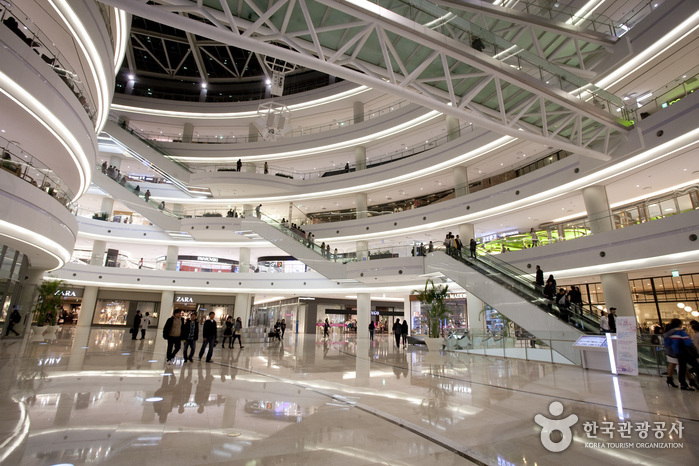
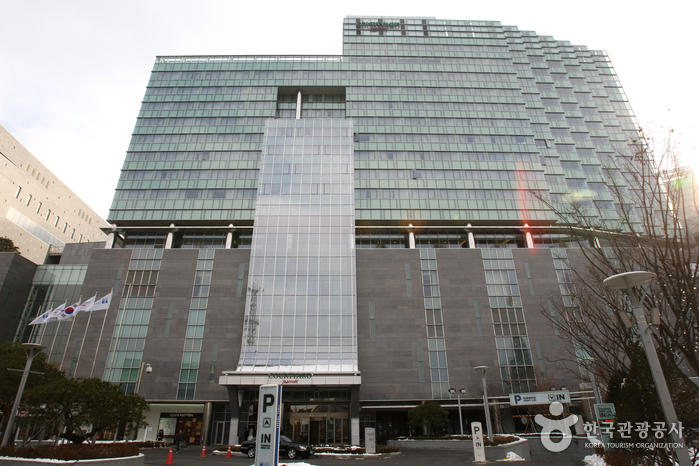
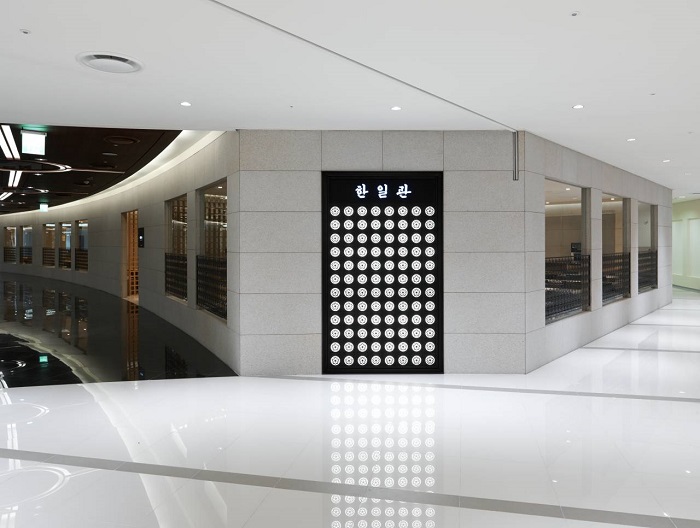
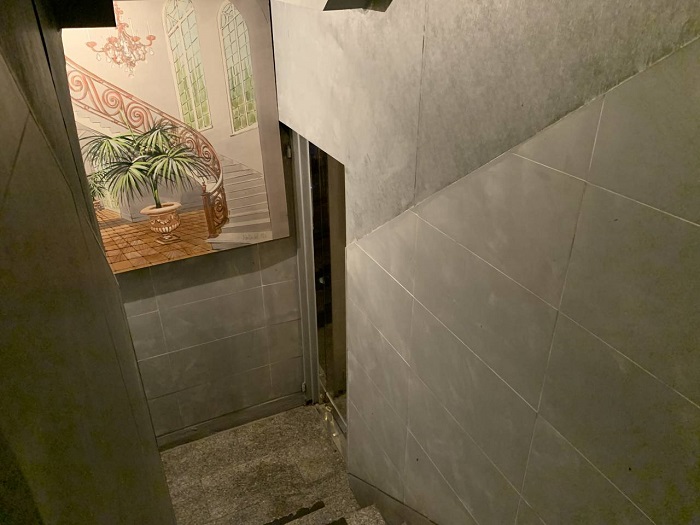
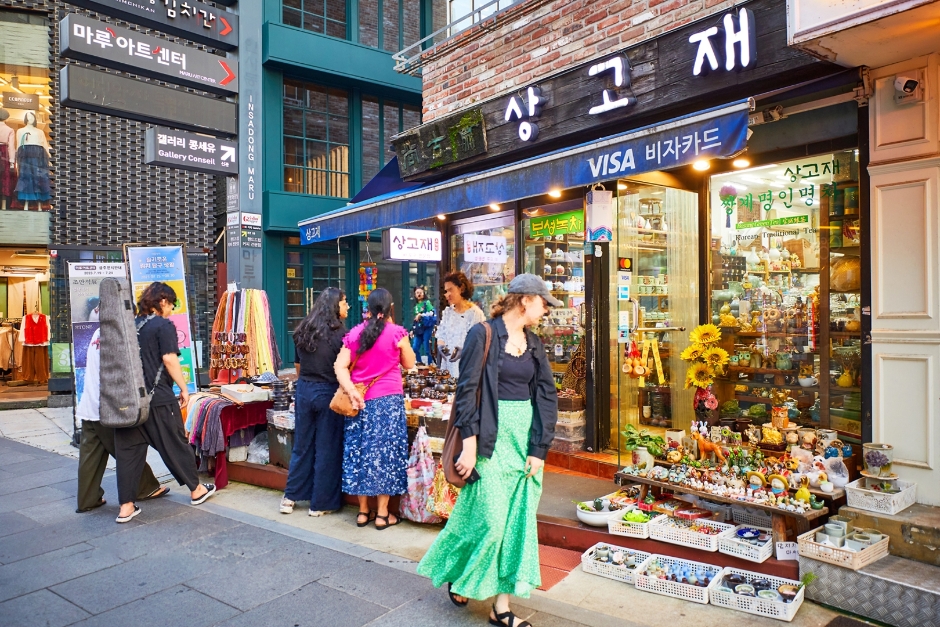

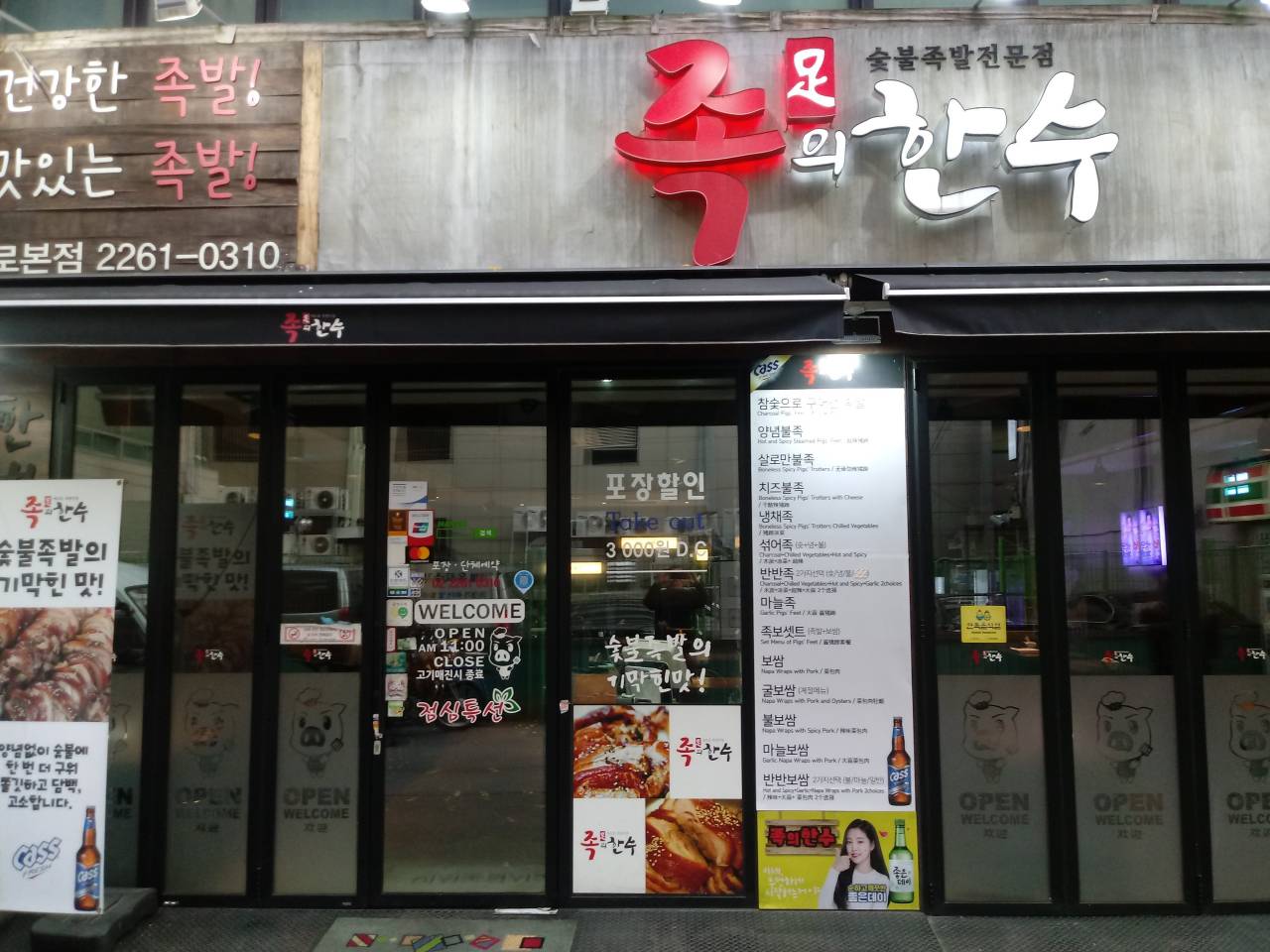
![Theory - Hannam Branch [Tax Refund Shop] (띠어리 한남점)](http://tong.visitkorea.or.kr/cms/resource/62/2890562_image2_1.jpg)

 English
English
 한국어
한국어 日本語
日本語 中文(简体)
中文(简体) Deutsch
Deutsch Français
Français Español
Español Русский
Русский